Time Period: Civil War through Reconstruction (1861 - 1874)
aka: Shelling of Jacksonport
Gammage, Washington Lafayette
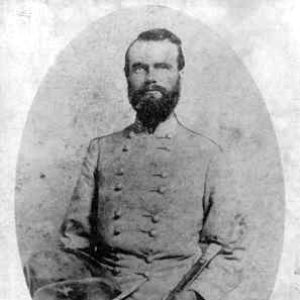 Richard Gano
Richard Gano
Gantt, Edward W.
 Edward Gantt
Edward Gantt
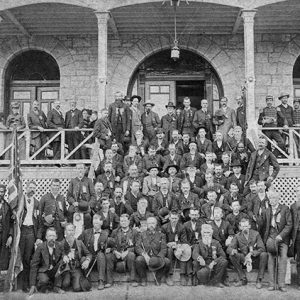 GAR Gathering
GAR Gathering
Garland, Rufus King
Gifford (Lynching of)
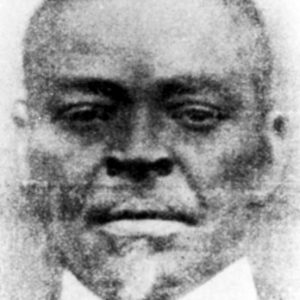 Isaac Gillam
Isaac Gillam
Gillem, Alvan Cullem
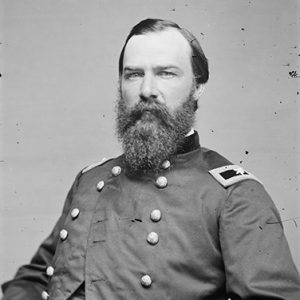 Alvan C. Gillem
Alvan C. Gillem
Gordon, Anderson
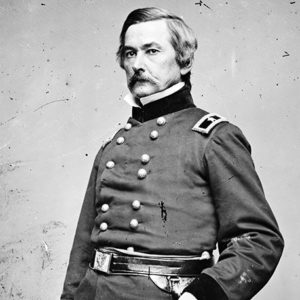 Willis A. Gorman
Willis A. Gorman
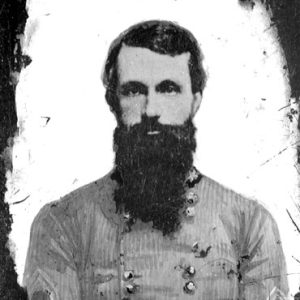 Daniel Govan
Daniel Govan
Govan, Daniel Chevilette
 Governor's Message
Governor's Message
Grand Army of the Republic (GAR)
Grand Glaize, Expedition to
aka: Scout to Little Red River
Grand Glaize, Scout to
Grand Prairie, Skirmish at
 Grant Visit to Little Rock
Grant Visit to Little Rock
Greene, Colton
Greene’s Operations on the West Bank of the Mississippi River
Greensboro to Helena, Expedition from
Gross, Tabbs
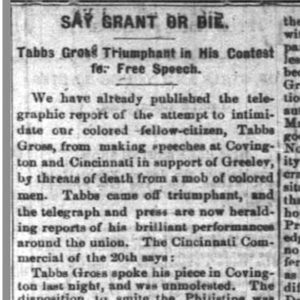 Tabbs Gross Article
Tabbs Gross Article
Guerilla Execution of 1864 (Little Rock)
Guerrilla Executions of 1864 (Fort Smith)
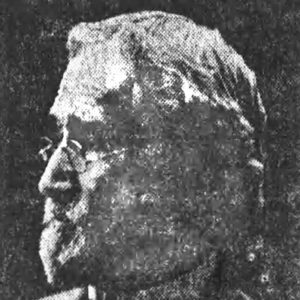 Ransom Gulley
Ransom Gulley
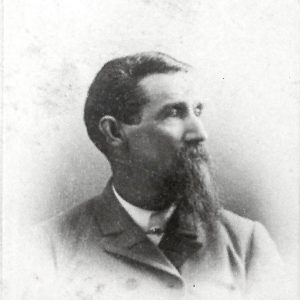 Ransom Gulley
Ransom Gulley
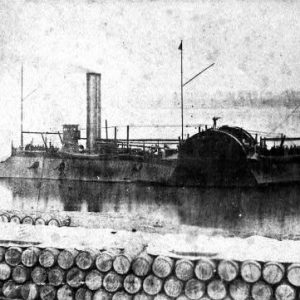 Gunboat Eastport
Gunboat Eastport
Habicht-Cohn-Crow House
Hadley, Ozro Amander
Haguewood Prairie, Skirmish at
Hahn’s Farm, Skirmish at
aka: Skirmish at Waldron
Halfway House, Skirmish near the
Hallie [Steamboat]
 Hampton Lynching Article
Hampton Lynching Article
Hampton Lynching of 1872
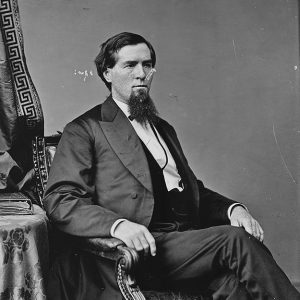 James M. Hanks
James M. Hanks
Hanks, James Millander
 Hardee Pattern Battle Flag
Hardee Pattern Battle Flag
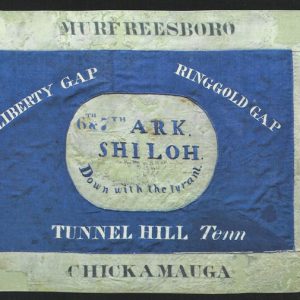 Hardee Pattern Battle Flag
Hardee Pattern Battle Flag
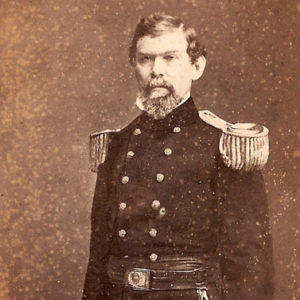 William Joseph Hardee
William Joseph Hardee
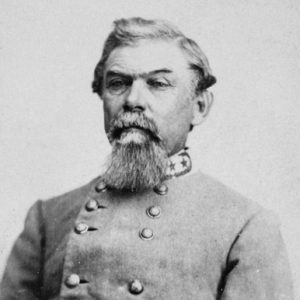 William J. Hardee
William J. Hardee
Hardee, William Joseph
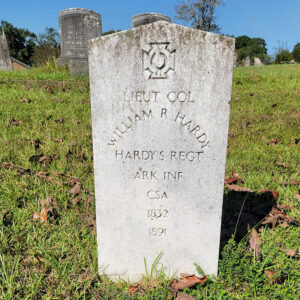 Hardy Grave
Hardy Grave
Harper, Charles Augustus (C. A.)
Harris, Frank (Lynching of)
 Frank Harris Lynching Article
Frank Harris Lynching Article




